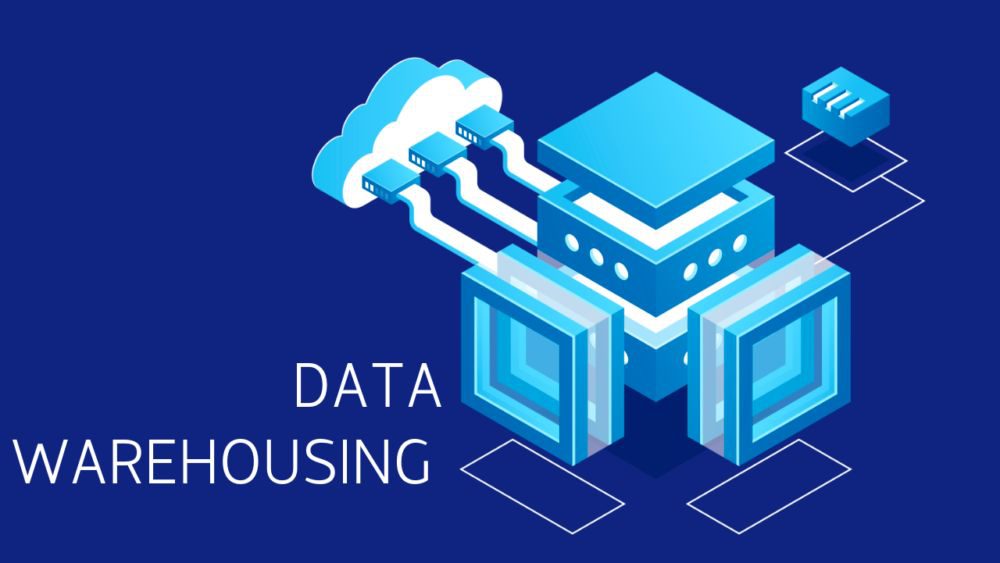With the number of cyber attacks increasing on the rapidly evolving internet, security is a concern for every organization with an online presence. Organizations that interact and run their business online would like to give their users/customers a smooth and safe experience without compromising on data security. This implies that businesses should have a strong foundation when it comes to dealing with and handling sensitive data.
To address the same, organizations usually implement data security, which is the practice of protecting data from unauthorized access throughout its lifecycle. It is like a complete end-to-end solution that extends from ensuring the physical security of hardware devices to administrative and access controls.
If data security takes care of security in its entirety, what’s the need for cyber security? Are data security and cyber security the same? Are they independent or dependent entities? Let us answer all of the above questions and more in the below sections.
Data Security and Cyber Security: Are They Correlated?
Data security involves protecting digital information from unauthorized access, use, disclosure, disruption, modification, or destruction. Cyber security can be regarded as a subset of data security that mainly deals with protection of computer systems and networks from invalid access, use, disclosure, or mutation.
Cybersecurity and data security both deal with the protection of information. Hence, they are closely related. There are, however, some significant differences between the two. Cybersecurity is more concerned with safeguarding information in motion, whereas data security is more concerned with protecting static information.
In addition, another key difference is the point of protection, cyber security is largely focused on electronic security measures like firewalls and intrusion detection systems, while data security involves physical security measures that monitor access control to data centers. Now that both differences and similarities are defined, let us look at how DSPM works in order to get a clearer picture of how data security helps in cyber defense.
DSPM: Under the Hood
To put things into perspective, let us recontextualize our understanding of data security in terms of a very important question for cyber security: “Where is our data?” One can’t start securing data unless it is known where it is, especially if it’s business critical company, customer, or regulated data. In this new agile era, data can reside practically anywhere in the cloud. Let’s explore how DSPM operates under the hood:
Improved Data Visibility
DSPM helps improve data visibility and increasing visibility is the first stage in data security posture management. It can scan data stored in managed data warehouses like Amazon Redshift, Snowflake, etc., or semi-managed object storage buckets like Amazon S3.
Not restricting the format of the objects being stored can pose a significant threat to data security. Moreover, it becomes possible that organizations store sensitive and public data in the same cloud environment due to simple human error. Data security management regularly scans for sensitive data across various clusters and sets up a base for alerting and policy enforcement.
Data Classification and Risk Prioritization
The next step aims to classify data and prioritize risks. There are different types of sensitive data based on the different levels of risk. Therefore, it is important to prioritize risks and create an action plan for the same.
For instance, a dataset holding personally identifiable information (PII) on specific identified customers, could be prioritized over a dataset containing aggregated, anonymized user data. If the security team discovers strange data flows associated with the first type of asset, they will treat it as a high-priority issue to address. But, if it is the latter, it may not be as urgent.
Remediation and Prevention
The final task emphasizes on remediation and prevention of recurrence. Once sensitive data has been identified and classified, DSPM tools can assist in enforcing data access security measures such as permissions, encrypted storage, and user control.
Depending on the scenario, incorporating remediation might require assistance from network infrastructure, user management, DevOps and more. While remediation is the final stage of a three-step procedure for DSPM, keep in mind that all three processes are actually part of the security pipeline. When your business relies on the cloud, it’s critical to consider having a good data security posture.
Caveat: DSPM is an emerging technology, so it can be possible that the processes described by analysts might differ. However, the blueprint of the implementation shouldn’t vary by a large degree.
How Can Data Security Help in Cyber Defense?
At this point, I believe we fairly, if not in-depth, understand the working of DSPM. So it is quite evident that data security plays a vital role in cyber defense by providing essential measures to protect sensitive data. Let us see how it works in more detail:
-
- Data security helps in anomaly detection: Security information and event management (SIEM) systems, for example, monitor data access and usage patterns. They can detect odd or suspicious activity, which could indicate a cyber-attack or security incident.
- Data security enhances incident response: Well-implemented data security measures enable faster and more efficient incident response in the case of a cyber-attack or data breach. Data security technologies and protocols aid in the containment, mitigation, and restoration of normal operations.
- Data security helps organizations comply with various security standards: Effective data security processes ensure that businesses follow multiple data protection standards. Compliance with legislations like GDPR, HIPAA, or CCPA helps you avoid legal ramifications and reputational damage caused by data breaches.
- Data security acts as a shield against ransom attacks: Data security measures, such as regular data backups, are critical in preventing ransomware attacks. Regular data backups allow enterprises to recover data without paying the ransom, reducing financial losses and ensuring business continuity.
- Data security makes the organization’s cloud infrastructure cyber resilient: Data security strengthens an organization’s cyber tolerance by mitigating the impact of cyber-attacks and ensuring that crucial data and systems remain intact and functional even after an incident.
Conclusion
In a nutshell, data security is a critical component of cyber defense. It not only protects sensitive data from cyber threats, but also allows enterprises to be cognizant of and react to incidents in a timely and effective manner. A solid data security strategy is required to guard against a wide range of cyber-attacks while also ensuring the confidentiality, integrity, and availability of sensitive data.




































